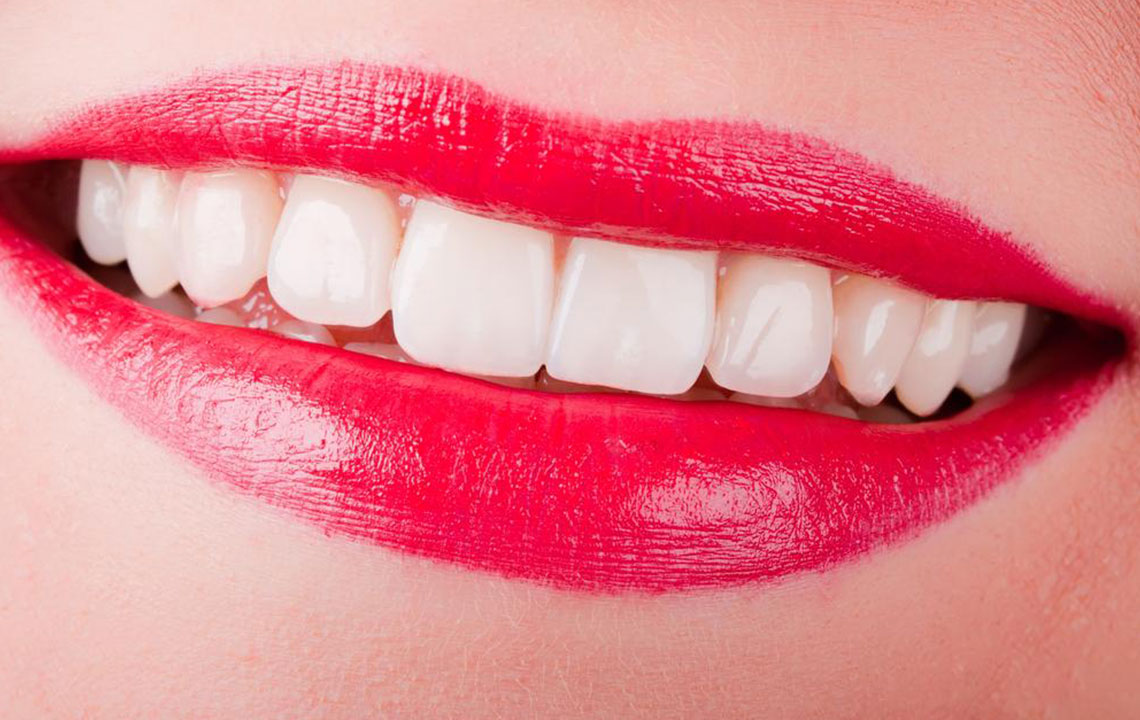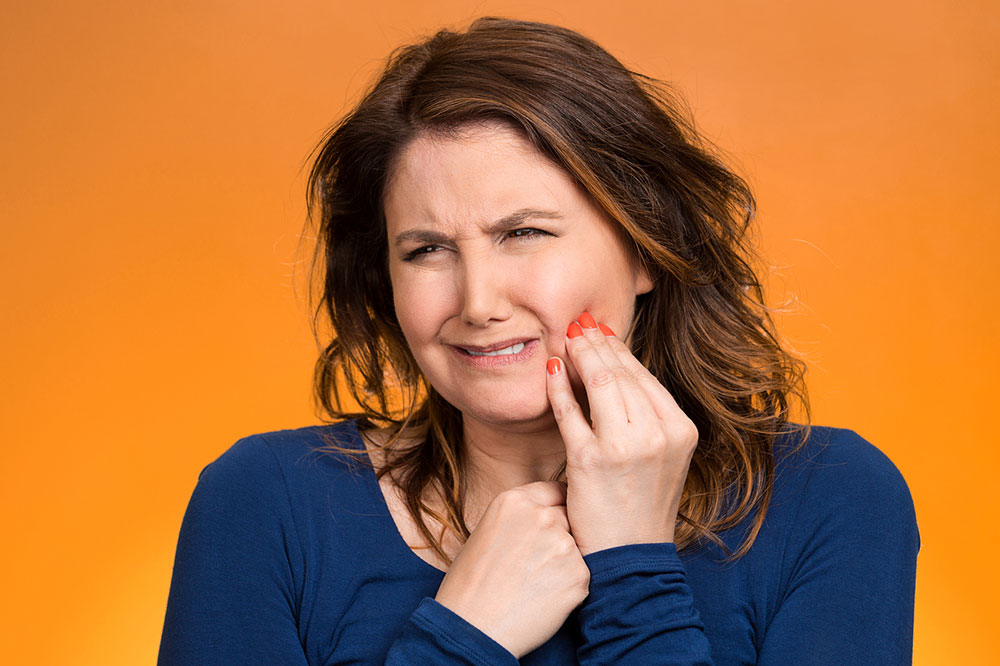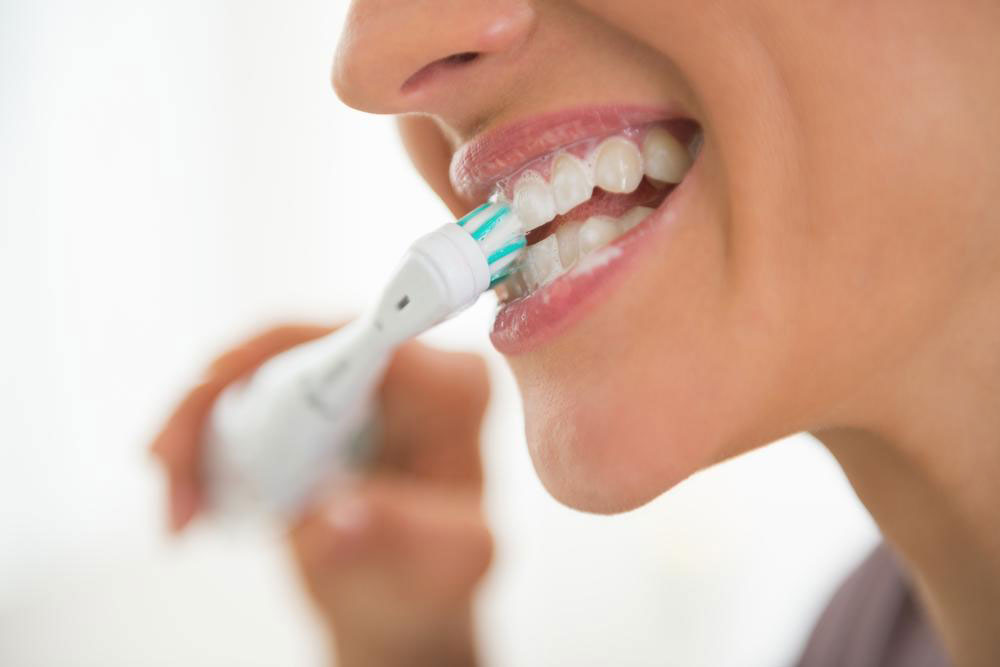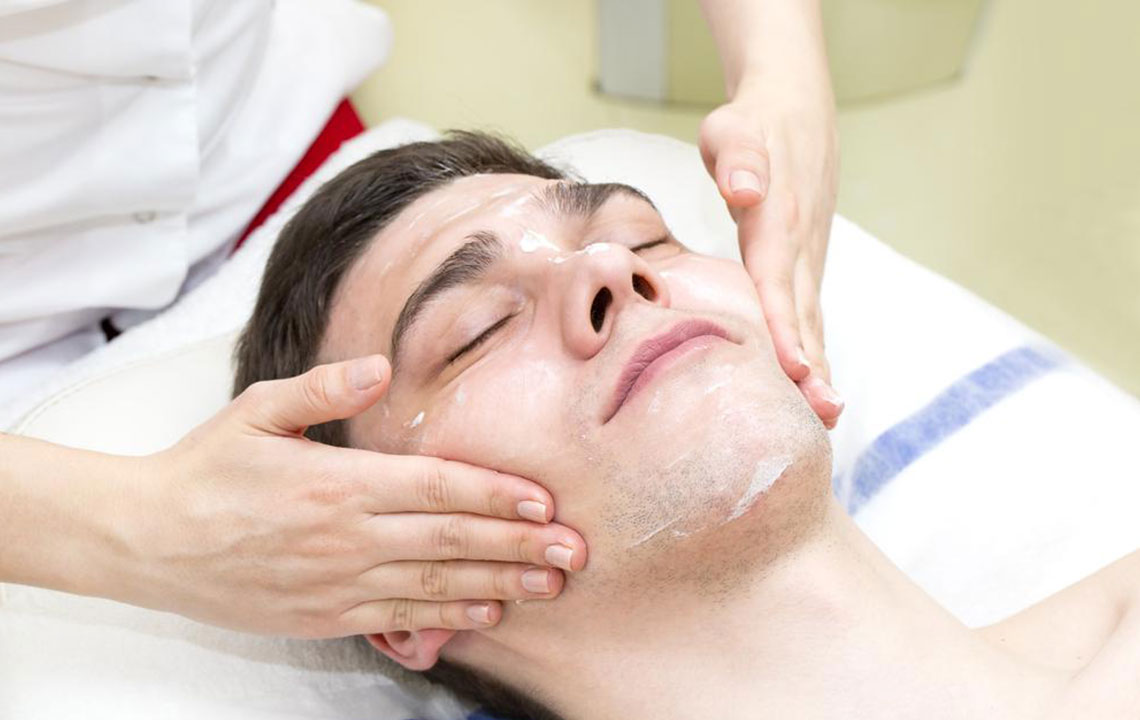Comprehensive Guide to Teeth Whitening: Comparing Whitening Strips and Toothpaste for a Brighter Smile
This detailed guide compares teeth whitening strips and toothpaste, exploring their mechanisms, effectiveness, safety, and usage tips. It helps readers choose the best option for achieving a brighter, healthier smile, emphasizing safe and effective whitening practices at home. Ideal for anyone seeking affordable ways to enhance their dental aesthetics while maintaining oral health.

Choosing the Right Teeth Whitening Solution: Teeth Whitening Strips vs. Whitening Toothpaste
Achieving a brighter, more youthful smile is a goal shared by many individuals, whether for personal confidence, professional appearance, or special occasions. While professional teeth whitening treatments performed by dental professionals can offer rapid and dramatic results, they often come with a hefty price tag and are not always accessible or covered by insurance plans. As a cost-effective alternative, many people turn to over-the-counter whitening products that can be used comfortably at home. Among the most popular options are whitening toothpastes and whitening strips. Understanding how each product works, their benefits, limitations, and potential risks can help consumers make an informed choice tailored to their needs and lifestyle.
In this comprehensive guide, we will explore the mechanisms behind whitening toothpastes and whitening strips, compare their effectiveness, safety considerations, and provide expert tips on selecting the best product for your smile. Whether you're looking for a subtle whitening boost or a more noticeable transformation, knowing the differences between these two options can be your first step towards achieving a dazzling, confident smile.
Let’s delve into their working principles.
Whitening Toothpaste:
Whitening toothpastes are formulated with mild abrasives, chemical agents, and sometimes special optical enhancers designed to improve the appearance of teeth. These ingredients work primarily on removing surface stains caused by beverages like coffee, tea, red wine, or tobacco. Many whitening toothpastes contain mild polishing agents that gently scrub away superficial discoloration, leaving teeth looking brighter with consistent use.
Some formulations incorporate a component called blue covarine, which creates a optical illusion that makes teeth appear whiter instantly by neutralizing yellow hues. However, it's important to understand that whitening toothpaste does not contain bleaching agents strong enough to alter the natural color of teeth beyond surface stains.
This method is generally safe when used as directed; look for products approved by the American Dental Association (ADA). Overbrushing or using a toothpaste with overly abrasive particles can cause enamel erosion, so moderation is key. Aside from whitening, these toothpastes often help freshen breath, remove plaque, and strengthen enamel, making them a convenient daily oral hygiene product.
Whitening Strips:
Whitening strips are thin, flexible plastic strips coated with a peroxide-based gel, typically containing hydrogen peroxide or carbamide peroxide. These strips are designed to conform to the shape of your teeth, allowing the active bleaching agents to penetrate deeper layers of enamel and target intrinsic stains beneath the surface.
Using whitening strips can produce noticeable whitening effects within a few days of regular application. The results can last for several months, depending on individual lifestyle habits and oral hygiene practices.
Application requires careful adherence to instructions: usually, strips are applied for a specified duration daily, often between 10 to 30 minutes. Modern whitening strips are designed to be user-friendly, allowing users to continue with everyday activities such as talking, drinking water, or working while wearing the strips. However, some users may experience temporary tooth sensitivity or gum irritation during treatment.
If sensitivity occurs, it indicates that peroxide may have reached nerve endings or caused irritation; pausing treatment or consulting a dentist is advisable. Overuse or improper application can compromise enamel integrity, hence moderation and correct use are critical.
Choosing between whitening toothpaste and strips depends largely on your initial whitening goals, oral health status, and personal preferences. Toothpaste offers a safe, gentle option suitable for daily use, primarily targeting surface stains. Meanwhile, whitening strips provide more substantial whitening effects for those seeking noticeable results in a shorter period but require careful application to avoid side effects.
Some top-rated whitening toothpastes to consider include:
Crest 3D White Luxe Glamorous White
Sensodyne Pronamel Gentle Whitening
Tom’s of Maine Simply White
Colgate Optic White
In summary, both whitening toothpastes and whitening strips can be effective tools for enhancing your smile. Your choice should be guided by your specific needs, oral health condition, and lifestyle preferences. Consulting with a dental professional before starting any whitening regimen is always recommended to ensure safety and optimal results. Remember, maintaining good oral hygiene practices and regular dental check-ups are essential components of keeping your teeth healthy and bright.





